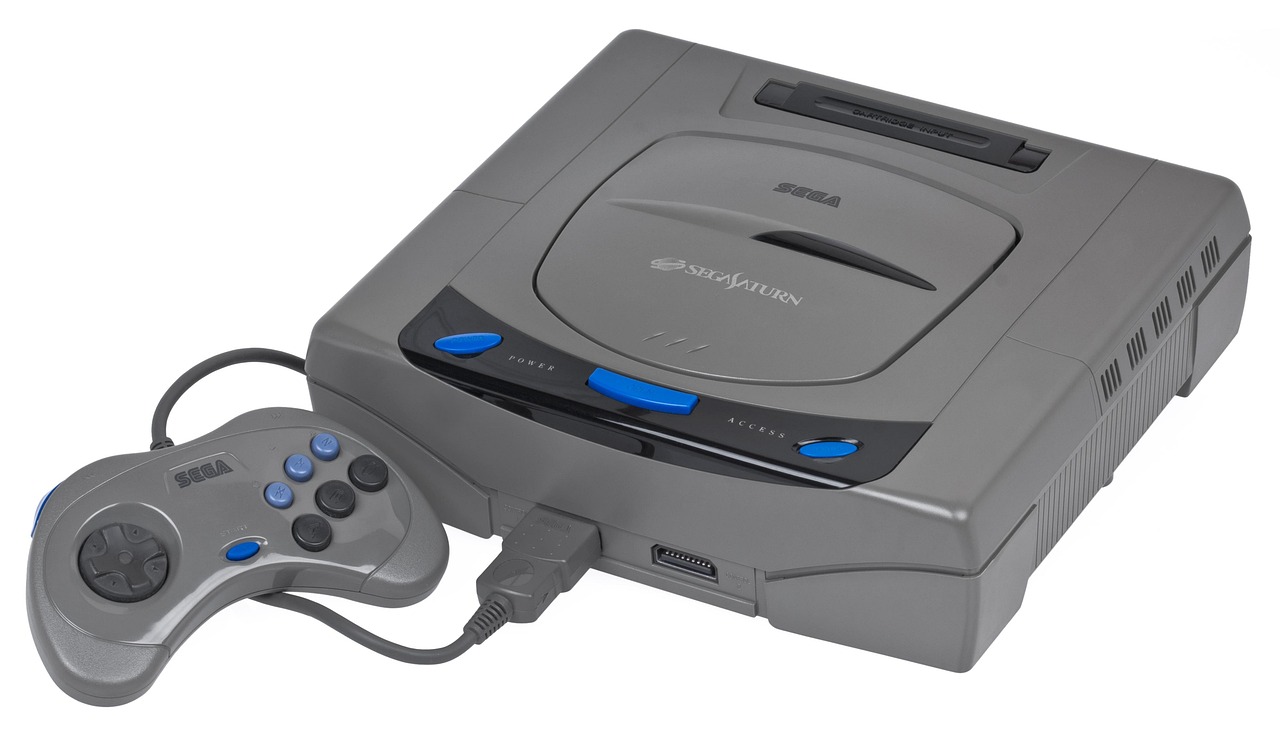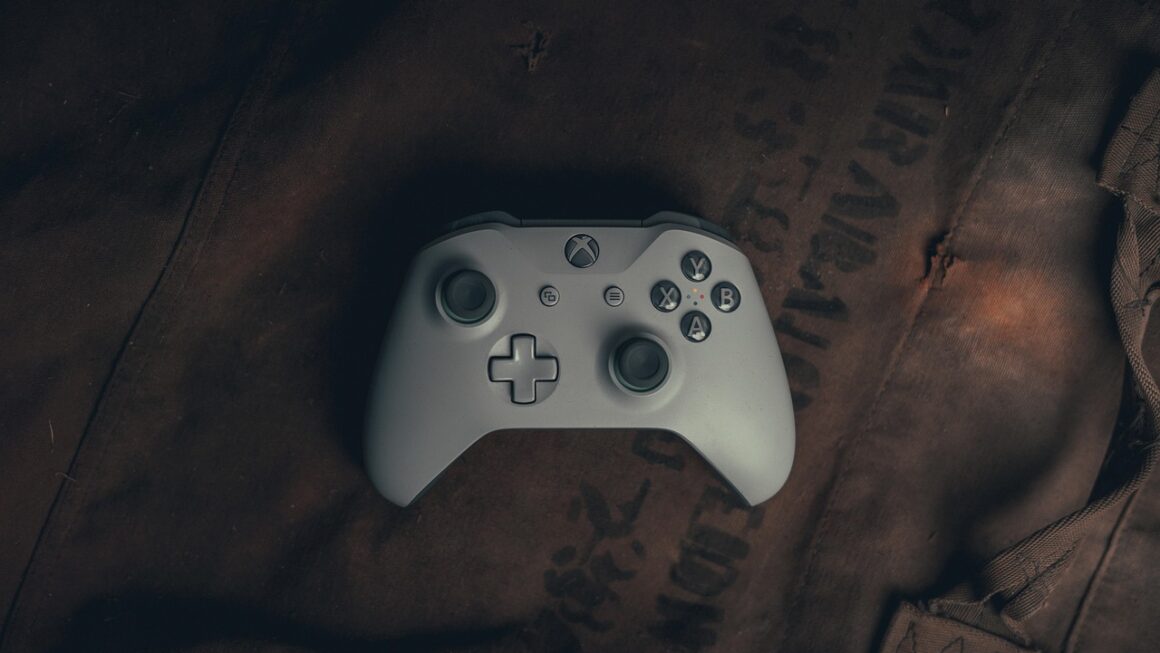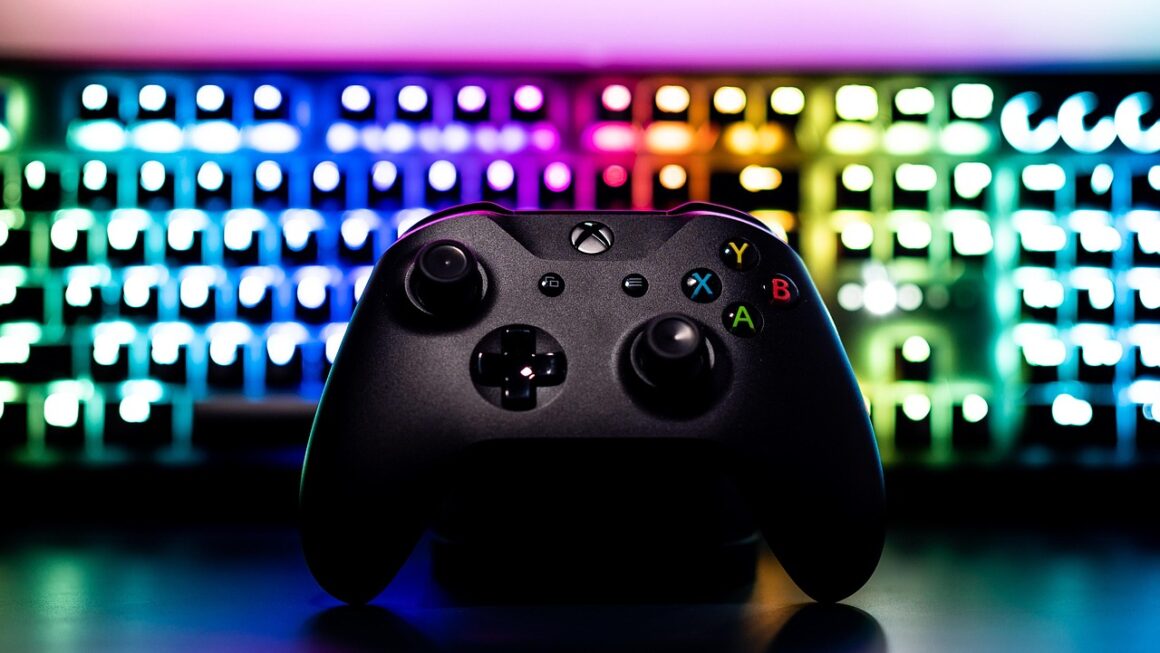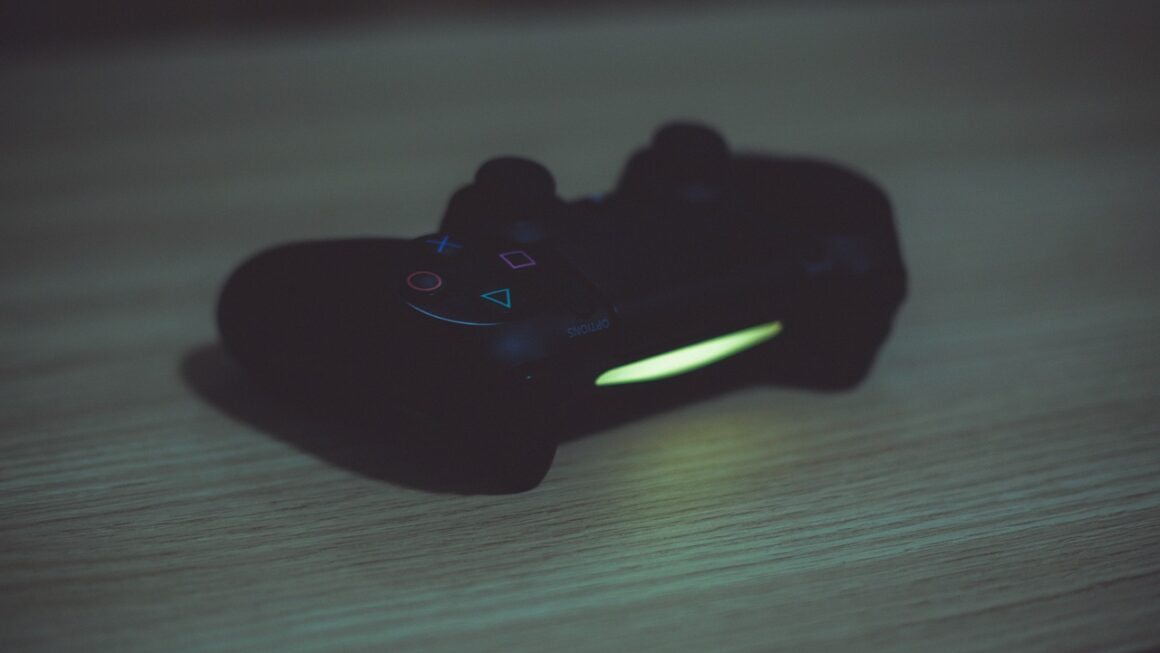8K gaming is no longer a futuristic fantasy; it’s rapidly becoming a tangible reality for PC enthusiasts and gamers seeking the ultimate visual fidelity. With four times the resolution of 4K, 8K promises unparalleled immersion and clarity. But is it worth the investment? This comprehensive guide dives deep into the world of 8K gaming, exploring its benefits, hardware requirements, challenges, and future prospects.
What is 8K Gaming?
Understanding Resolution and Visual Fidelity
8K resolution boasts a staggering 7680 x 4320 pixels, totaling over 33 million pixels on screen. This is a significant leap from 4K (3840 x 2160) and 1080p (1920 x 1080), resulting in:
- Sharper images with incredible detail.
- Enhanced realism and depth perception.
- Reduced aliasing (jagged edges) for smoother visuals.
- The ability to sit closer to the screen without perceiving individual pixels.
Benefits of Gaming in 8K
The advantages of 8K gaming extend beyond mere pixel count. Here’s a breakdown:
- Unmatched Visual Clarity: Experience games with breathtaking detail, making textures, environments, and character models come alive. Imagine seeing every scratch on a car in Forza Horizon or every leaf on a tree in Red Dead Redemption 2 with stunning clarity.
- Increased Immersion: The higher pixel density creates a more immersive experience, drawing you deeper into the game world. This is particularly noticeable in open-world games and titles with highly detailed environments.
- Improved Image Quality: 8K effectively eliminates the “screen door effect” and drastically reduces aliasing, resulting in smoother, more natural-looking images.
- Future-Proofing: Investing in 8K technology can future-proof your gaming setup, ensuring you’re ready for the next generation of games and content.
Hardware Requirements for 8K Gaming
The Powerhouse: Graphics Cards
Achieving smooth frame rates at 8K requires immense processing power. Currently, only the highest-end graphics cards are capable of handling 8K gaming to any appreciable degree.
- Nvidia GeForce RTX 4090: Widely considered the current king of 8K gaming, the RTX 4090 delivers the best performance, but at a premium price. Expect to pay upwards of $1600.
- AMD Radeon RX 7900 XTX: AMD’s top-tier card offers competitive performance and is often a more cost-effective option than the RTX 4090. However, performance can vary depending on the game.
- Multi-GPU Setups (SLI/Crossfire): While theoretically possible, multi-GPU setups are becoming increasingly rare and often suffer from compatibility issues and diminishing returns. Modern games are often not optimized for multi-GPU configurations.
- Practical Tip: Check benchmark tests for specific games you play to see how these cards perform at 8K resolution. Don’t expect to max out every setting on every game, even with the most powerful hardware.
Essential Components: CPU, RAM, and Storage
While the GPU is the primary bottleneck, other components also play a vital role.
- CPU: A high-end CPU like an Intel Core i9 or AMD Ryzen 9 is recommended to avoid CPU bottlenecking, especially in CPU-intensive games.
- RAM: At least 32GB of high-speed RAM (DDR5 is preferable) is essential to handle the massive textures and data required for 8K gaming.
- Storage: A fast NVMe SSD with ample storage space (1TB or more) is crucial for quick loading times and smooth gameplay.
8K Gaming Monitors and TVs
You’ll need an 8K display to actually experience 8K gaming.
- 8K Gaming Monitors: These monitors typically offer high refresh rates and low response times, catering specifically to gamers. Examples include models from Samsung, Dell, and ASUS. Expect to pay a premium, with prices often exceeding $2,000.
- 8K TVs: 8K TVs offer larger screen sizes and often incorporate advanced features like HDR and local dimming, enhancing the viewing experience. However, input lag can be a concern for fast-paced games. Make sure to research the TV’s input lag specifications before purchasing.
- HDMI 2.1: Ensure your monitor or TV supports HDMI 2.1 to take full advantage of the bandwidth required for 8K gaming at higher refresh rates (e.g., 8K at 60Hz or 4K at 120Hz).
Challenges of 8K Gaming
Performance Bottlenecks and Optimization
Even with top-of-the-line hardware, achieving consistent high frame rates at 8K remains a challenge.
- GPU Limitations: As mentioned earlier, 8K gaming pushes even the most powerful GPUs to their limits. Expect to make compromises on graphics settings to maintain playable frame rates.
- Game Optimization: Not all games are equally optimized for 8K resolution. Some titles may suffer from performance issues regardless of your hardware.
- Upscaling Technologies: Technologies like Nvidia DLSS and AMD FSR can help improve performance by rendering the game at a lower resolution and then upscaling it to 8K. However, image quality may be slightly compromised.
Content Availability and Scalability
The availability of native 8K content is still limited.
- Game Support: While more games are supporting 8K resolution, many older titles will require significant modification or may not scale well to 8K.
- Upscaling from Lower Resolutions: Many 8K TVs and monitors can upscale content from lower resolutions (e.g., 4K or 1080p). While this can improve image quality, it’s not the same as native 8K content.
- Streaming and Media: Streaming 8K content requires a very fast internet connection and is not yet widely supported by streaming services.
Cost Considerations
Building an 8K gaming setup is a significant investment.
- High-End Components: The cost of a high-end GPU, CPU, RAM, and storage can easily exceed several thousand dollars.
- 8K Display Prices: 8K monitors and TVs are significantly more expensive than their 4K counterparts.
- Ongoing Costs: Don’t forget about the cost of games, accessories, and potential upgrades in the future.
- Actionable Takeaway: Carefully consider your budget and gaming habits before investing in 8K gaming. It’s important to weigh the benefits against the costs and potential limitations.
The Future of 8K Gaming
Advancements in Hardware and Software
The future of 8K gaming looks promising, with continued advancements in hardware and software.
- Next-Generation GPUs: Expect future generations of GPUs to offer significantly improved performance and efficiency, making 8K gaming more accessible.
- Improved Upscaling Technologies: DLSS and FSR are constantly evolving, promising better image quality and performance in the future.
- Native 8K Content: As technology advances and adoption increases, we can expect to see more games and media content developed natively in 8K.
The Role of Cloud Gaming
Cloud gaming services may play a role in making 8K gaming more accessible to a wider audience.
- Remote Rendering: Cloud gaming allows users to stream games rendered on powerful remote servers, eliminating the need for expensive local hardware.
- Accessibility: Cloud gaming could make 8K gaming available to users with less powerful PCs or even mobile devices.
- Latency Considerations: Latency remains a major challenge for cloud gaming, especially at high resolutions.
Conclusion
8K gaming represents the pinnacle of visual fidelity in gaming. While it offers unparalleled immersion and clarity, it also comes with significant hardware requirements, cost considerations, and content limitations. As technology continues to advance and prices decrease, 8K gaming will become more accessible to a wider audience. However, for now, it remains a luxury for PC enthusiasts willing to invest in the ultimate gaming experience. Carefully weigh the pros and cons before taking the plunge into the world of 8K gaming.




